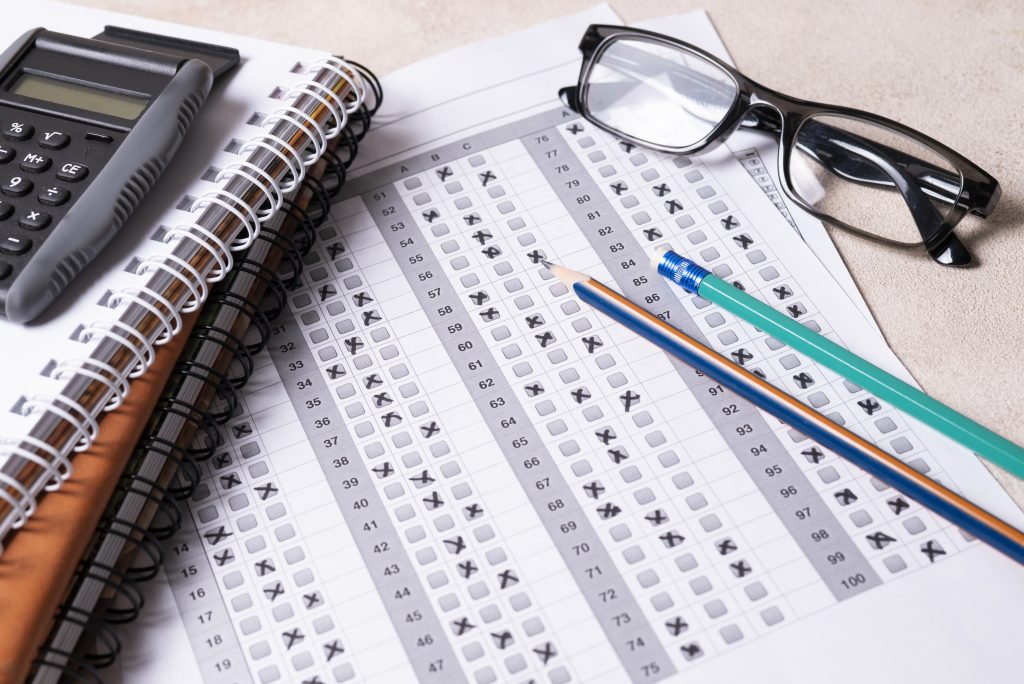The 11+ exam is a key step for many children aiming for grammar school. But what is a good 11 plus score? With different schools having various standards, it can be confusing. This article will help you understand how scores are adjusted for fairness and why these adjustments are important. By the end, you’ll know what a good 11+ score is and why it matters.
Did You Know 11+ Exam Scores are Adjusted for Your Child’s Age?

One interesting aspect of the 11+ exam is that scores are standardized to ensure fairness. This means the scores are adjusted based on the child’s age and the difficulty of the exam paper.
Younger students often receive extra marks to level the playing field with their older peers. This adjustment helps ensure that all students, regardless of their age within the school year, have an equal chance of success.
So, if your child is younger than most of their classmates, they might receive additional marks to offset the age-related advantages older students have.
Why are 11+ Exam Scores Standardised?
Children in the same school year can be nearly a year apart in age, which can give older children a significant advantage. For example, an older child born in September has had more time to develop skills and knowledge compared to a younger child born in August. To make the exam fairer, younger children are given extra marks.
Consider this: children learn over 1,000 new words each year. A child born in September will have had almost an extra year to expand their vocabulary compared to a child born in August. This difference can impact their performance on the exam.
Worried that your autumn-born child will lose marks?
Don’t be. The adjustment process only adds marks for younger children; it does not deduct marks from older children. This system ensures that every child, regardless of their birth month, has a fair shot at achieving a good score on the 11+ exam.
How Does the 11 Plus Standardised Scoring Exactly Work?
The process of adjusting 11+ exam scores is quite meticulous to ensure fairness among all candidates. The adjustment, known as “age standardization,” accounts for the child’s age at the time of the exam. Here’s how it works:
1. Raw Scores Calculation:
First, the examiners calculate the raw score based on the number of correct answers the child gets on the exam.
2. Age Standardization:
Then, examiners adjust the raw score according to the child’s age in months because younger children might have less educational exposure compared to older children in the same academic year. The standardization process adds extra marks to the raw scores of younger children to level the playing field.
3. Difficulty Adjustment:
The scores are also adjusted based on the difficulty level of the exam papers. If one version of the exam is slightly harder than another, this adjustment ensures that scores are comparable across different test versions.
4. Standardised Score Calculation:
Finally, these adjusted scores are converted into a standardized score. This score typically ranges from 70 to 140, with a mean score around 100. This standardized score is called SAS (Standardized Age Score).
This table shows how raw scores are adjusted according to age to help you understand the process better:
| Raw Score | Age 10.5 | Age 10.6 | Age 10.7 | Age 10.8 | Age 10.9 | Age 10.10 | Age 10.11 | Age 10.12 | Age 10.13 |
| 30 | 119 | 119 | 118 | 118 | 118 | 118 | 117 | 117 | 117 |
| 31 | 122 | 121 | 121 | 121 | 120 | 120 | 120 | 120 | 119 |
| 32 | 124 | 124 | 124 | 123 | 123 | 123 | 123 | 122 | 122 |
| 33 | 127 | 127 | 127 | 126 | 126 | 126 | 126 | 125 | 125 |
| 34 | 131 | 130 | 130 | 130 | 129 | 129 | 129 | 129 | 128 |
What is a Good Score for the 11 Plus Exam?

Understanding what makes a good score in the 11+ exam can help you gauge your child’s performance. Here’s a breakdown:
- 120 or Above: Scores in this range place a child in the top 10% of their year group.
- 100: This is the average score for the year group.
- 80 or Below: Scores in this range are in the lowest 10% of the year group.
The highest Standard Age Score (SAS) a child can achieve is usually 142, putting them in the top 1% of children taking the test. Conversely, the lowest SAS is usually around 60.
When preparing for the 11+ exam, aiming for scores between 75% and 85% on practice papers and materials is a good target. Achieving these percentages indicates that your child is on the right path.
On the actual exam day, scores might be slightly lower due to exam pressures. However, aiming to correctly answer between 75% and 85% of the questions will position your child well for a strong score on the 11+ exam.
What are the Pass Marks for the 11+ Exam?
Pass marks for the 11+ exam can vary depending on the region and the school your child is applying to. Many grammar schools consider a score of around 121 to be the pass mark. However, this can fluctuate based on the number of available places and the performance of the cohort in that year.
Some schools set their own pass marks, which might be higher or lower than 121. It’s important to check the specific requirements of the schools you’re interested in. Additionally, some regions may use a ranking system where only the top-scoring children gain admission, regardless of a set pass mark.
So, it’s crucial to research and understand the specific criteria of the schools you are targeting to ensure your child meets the required standards.
Conclusion
Understanding 11+ scores and their adjustments can help you better prepare your child for the exam. Remember, a good score varies by school, but aiming for 75% to 85% in practice is a strong indicator of success. Keep track of the specific pass marks for your target schools, and your child will be well on their way to achieving a good 11+ score.
If you want to give your child the best chance of success in the 11+ exams, consider personalized one-to-one online tutoring. Sign up for free trial with our expert tutors who can help your child excel and achieve their academic goals. Start today and make a difference in your child’s education journey!








